Pipeline Companies Push Back Against Trump’s `Buy American’ Rule
By: Meenal Vamburkar | May 01 2017 at 06:10 PM | Maritime
A directive requiring U.S. pipeline companies to use American steel and iron in their projects is testing President Donald Trump’s ability to keep his promises to two industries on opposing sides of the issue.
In comments to the U.S. Department of Commerce, which is crafting the so-called “Buy American” plan, pipeline companies and their trade groups argued the change would increase costs and disrupt operations. Steel companies, meanwhile, embraced the policy as an opportunity to take advantage of the country’s surging oil and gas production. And Trump has vowed to support both.
The debate goes to how the president will be able to reconcile the conflicting edges of his America-first platform. During his campaign, Trump promised to break energy loose from the leash of regulation and protect steel from the bite of unfair competition. Market forces, though, may force him to make a choice, according to Stefanie Miller, a senior analyst at Height LLC.
“I don’t think those conflicts are insignificant,” Miller said in a telephone interview. “You cannot have ‘Buy American’ and the most cost-effective pipeline, in the current scenario.”
In a Jan. 24 memorandum, the president gave the Commerce Department 180 days to develop a plan for requiring retrofitted, repaired or expanded pipelines to use U.S.-produced materials “to the maximum extent possible.” The decision has prompted almost 100 letters to the Commerce Department during a comment period that ended April 7, split about evenly between endorsement and opposition.
Hurting Energy
The pipeline industry is pushing back, saying the rule could delay or reduce new projects, a possibility that “would run counter to the Trump administration’s goal of expanding U.S. energy production and infrastructure,” according to a joint letter submitted to the Commerce Department by groups including the Association of Oil Pipe Lines and the American Petroleum Institute.
Though steelmakers tout the potential for increased demand, energy companies argue domestic manufacturers aren’t equipped to make all the materials required by their projects.
“Does the domestic industry have the ability to quickly come in and replicate that capability? The answer is: not easily, or not quickly,” said John Mothersole, an analyst at IHS in Washington.
There also is a substantial amount of non-U.S.-made pipe that’s already been purchased for projects. The Williams Companies Inc., for example, has more than a million feet of pipe in storage for its Atlantic Sunrise project, and almost half a million feet for its Constitution line.
Compromise Likely
The end result will likely be a compromise that implements the new rules gradually, Miller said. Pipeline companies’ request to exempt projects with shipper commitments or pending permits is a reasonable one, she said. It’s unlikely companies “will have the rug pulled out from under them.”
The ultimate outcome is more likely to favor the steel industry, said William Reinsch, a fellow at the Stimson Center. While Trump can, and has, helped the oil and gas industry on a range of issues from drilling leases to permitting, the steel industry will mainly rely on the U.S.-made order and trade protections for relief, he said.
“If he aligns himself with the pipeline people, he’s more likely to get major pushback from the steel guys,” Reinsch said. “The oil companies owe him a lot. And they’ll live to fight another day.”
The administration has already made protectionist moves, exploring whether steel imports hinder national security under section 232 of the Trade Expansion Act—and asking the Commerce Department to investigate claims that rival Chinese manufacturers colluded to fix prices and undercut American competitors.
The industry debate and need for public input could delay a final rule for years, said Caitlin Webber, a Bloomberg Intelligence analyst, in a report. And any final rule will probably include exceptions, such as exempting imports for free-trade agreement partners.
The end result will be a more limited rule than initially promised.

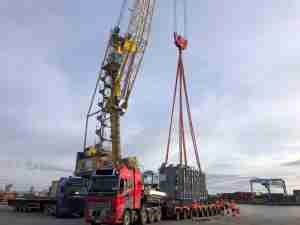
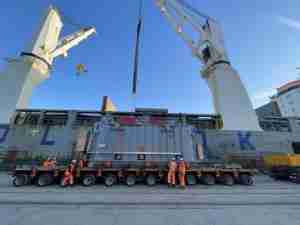
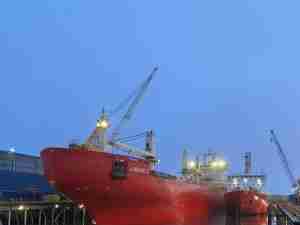
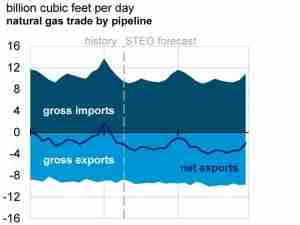
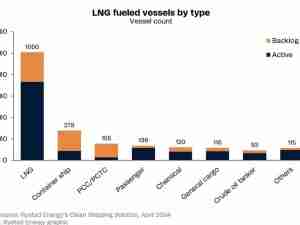




_A_-_28de80_-_38f408a0a1c601cdbf9fe70c9d30a28084a5da3d_lqip.jpg)
